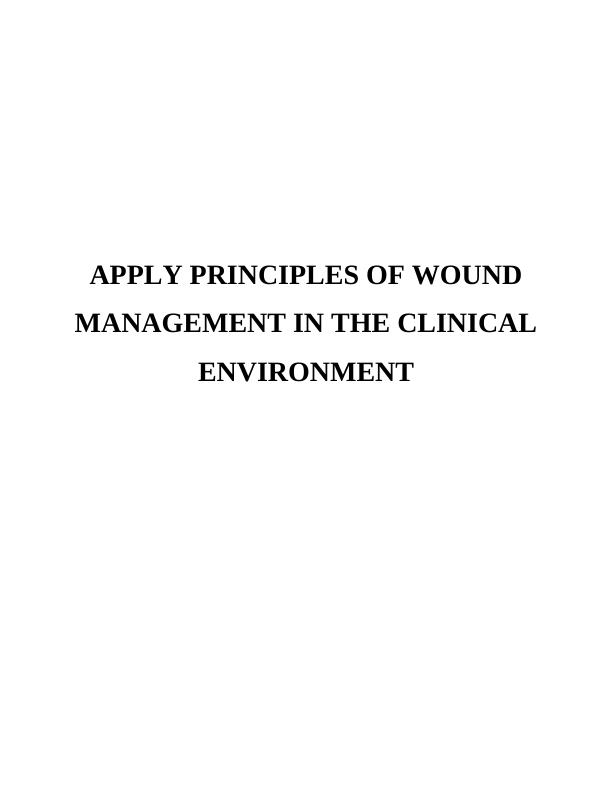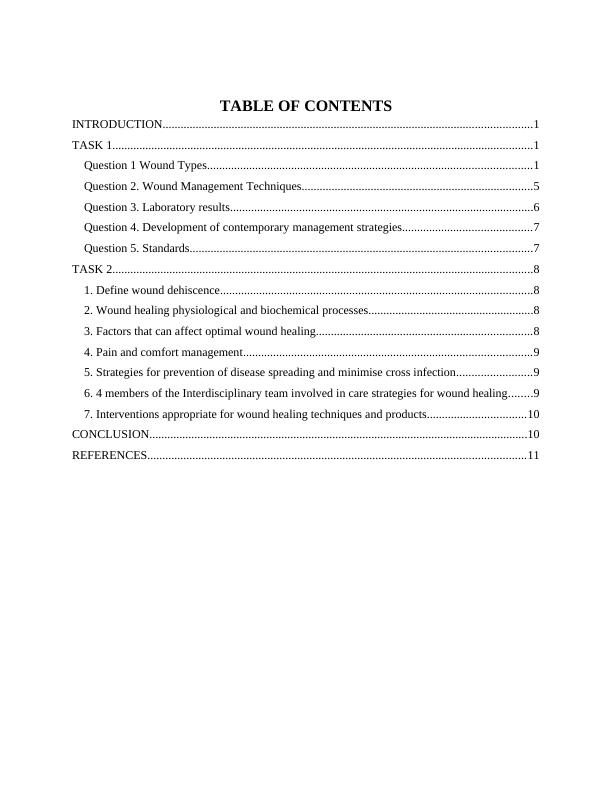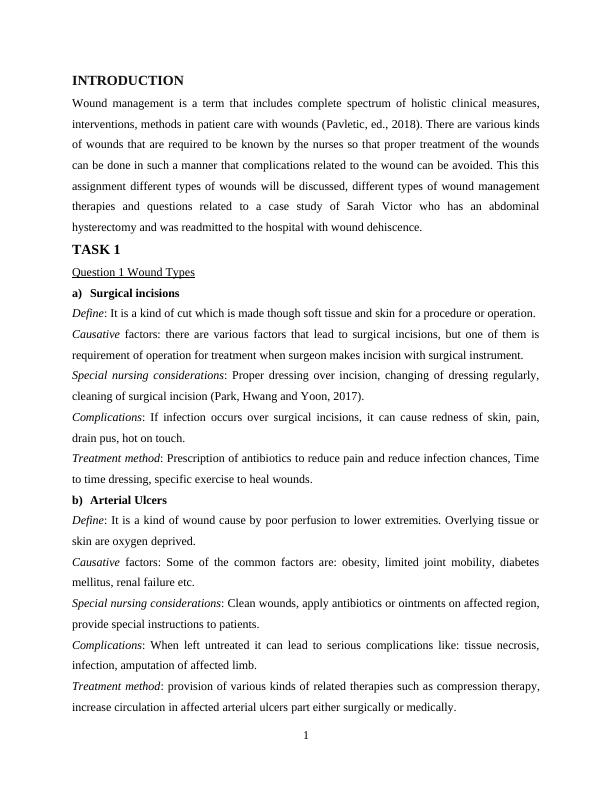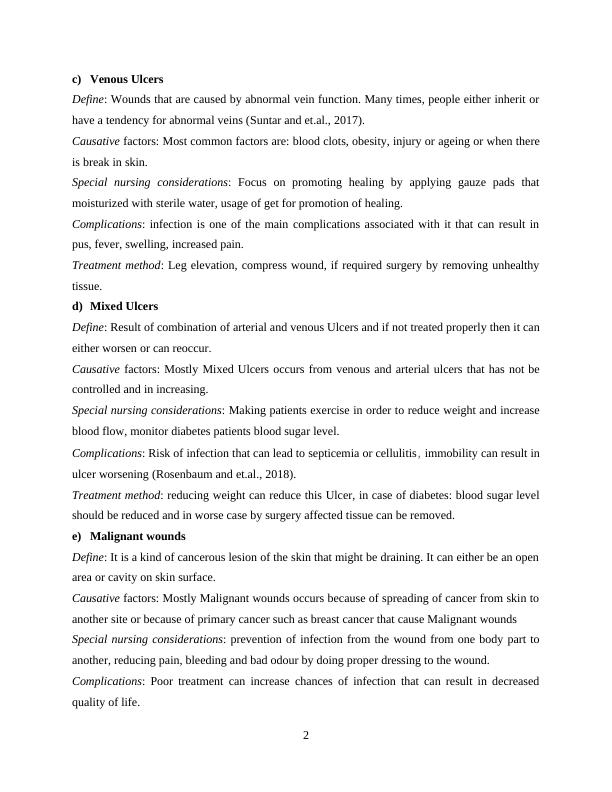Principles of Wound Management in the Clinical Environment
13 Pages4152 Words1 Views
Added on 2023-01-13
About This Document
This assignment discusses the principles of wound management in the clinical environment. It covers different types of wounds, wound management techniques, and nursing considerations. A case study of a patient with wound dehiscence is also included. The assignment also explores laboratory results and the correct process for sterile specimen collection.
Principles of Wound Management in the Clinical Environment
Added on 2023-01-13
ShareRelated Documents
End of preview
Want to access all the pages? Upload your documents or become a member.
Nursing Assignment-Diabetic Case Study
|10
|2911
|36
Pathophysiology of Post-Operative Surgical Wound Infection
|9
|2057
|205
Critical Analyses for a Patient with Post-Operative Wound
|10
|2448
|404
Nursing Priorities of Care for Post-Operative Wound Infection: A Case Study of Mrs. Gina Bacci
|10
|2535
|397
Type II Diabetes: Pathophysiology, Causes, and Nursing Management
|11
|3177
|113
Principles of Wound Management
|6
|1163
|201




